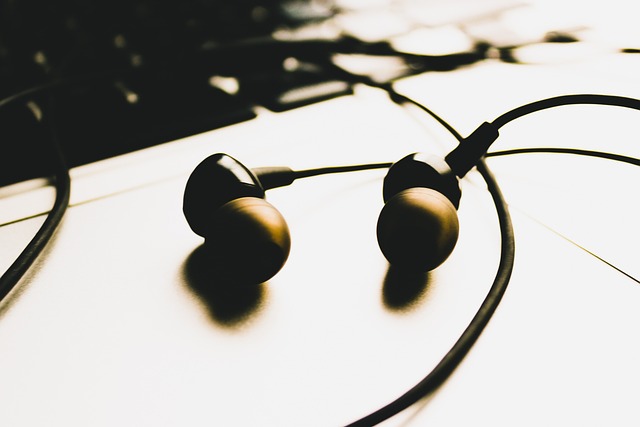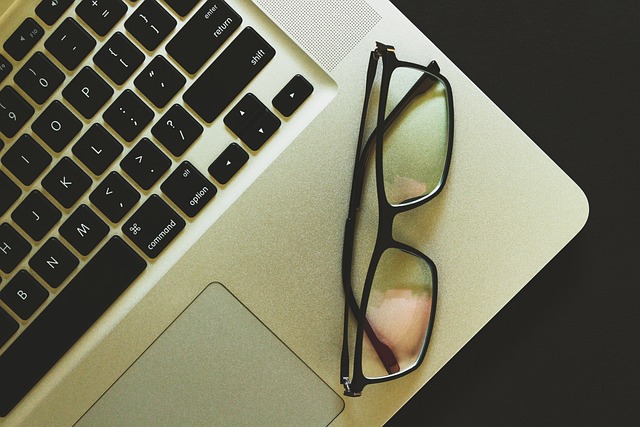How Is Virtual Reality Transforming Education?
This cutting-edge technology is like a magic portal that transports students from their desks to any place their curriculum can dream up. For instance, in a biology class, students can dive into the human body, exploring organs and systems up close without a scalpel in sight. It’s like having a front-row seat to the inner workings of life itself.


Engagement is another area where VR shines. We all know how easily students can zone out during lectures. VR grabs their attention like a high-octane video game. It turns learning into an experience rather than a chore, which means students are more likely to stay focused and retain information.
Moreover, VR isn’t just about spectacular visuals; it’s about fostering empathy and understanding. Imagine a VR simulation that places students in the shoes of someone from a different culture or historical period. This immersive experience can offer insights that textbooks simply can’t match, promoting a deeper connection and understanding.
In short, VR in education is like a new pair of glasses that brings the learning world into sharp focus, making every lesson a vivid, unforgettable adventure.
Virtual Reality: The Game-Changer in Modern Education
With VR, the traditional classroom has evolved into an immersive experience that grabs students’ attention and makes learning exhilarating. Instead of passively reading about the Solar System, students can now explore it firsthand, navigating through planets and moons as if they were actual astronauts. This hands-on approach doesn’t just make learning fun; it makes it unforgettable.
Think about learning complex subjects like human anatomy. In a standard class, students might study diagrams and models. But with VR, they can step inside the human body and see organs and systems working in real time. It’s like having a backstage pass to the most fascinating show on Earth—human life itself.
Moreover, VR breaks down geographical and socio-economic barriers in education. Students from different parts of the world can experience the same lesson simultaneously, collaborating in a shared virtual space. This means that a student in a remote village can have the same quality of education as one in a bustling city.
The benefits don’t stop at engagement and accessibility. VR also offers a risk-free environment for practicing skills that might be dangerous in real life. Medical students can perform virtual surgeries, while engineering students can assemble complex machinery, all without the risk of real-world consequences.
How Virtual Reality is Revolutionizing Classrooms Around the World
Virtual Reality lets students dive into subjects with unprecedented depth. It’s like having a magic portal that transports them right into the heart of the lesson. Whether it’s exploring the vast expanses of space, examining the inner workings of the human body, or experiencing historical events firsthand, VR turns abstract concepts into tangible experiences. This isn’t just about making learning fun—it’s about making it unforgettable.
Think about the typical classroom setting. Traditional methods often rely on textbooks and static images. With VR, students can interact with 3D models, engage in simulations, and participate in immersive experiences that make learning far more dynamic. It’s as if the classroom walls have dissolved, allowing students to explore and learn in ways that were previously out of reach.
What’s more, VR fosters a deeper understanding through interactive learning. Just as a hands-on experiment makes science come alive, VR lets students experiment in virtual labs, conduct virtual field trips, and even collaborate on projects in a shared virtual space. This kind of engagement helps solidify knowledge and keeps students motivated, turning education into an adventure.
So, how does VR impact teachers? It provides them with powerful tools to create more engaging lessons and meet diverse learning needs. No more one-size-fits-all teaching. Instead, educators can tailor experiences that resonate with each student, making learning both effective and personalized.
As VR technology continues to evolve, it’s clear that its potential to revolutionize classrooms is limitless. Imagine the possibilities—learning might never be the same again.
From Books to VR: The Future of Learning in a Digital Age
Think about it: instead of skimming through pages of dense text, you could be exploring ancient civilizations in 3D. Virtual Reality (VR) offers a thrilling new dimension to education, allowing you to “walk” through history, science, and art as if you were actually there. It’s like having a front-row seat to the wonders of the world without leaving your room.
Books have always been our trusty companions in learning. They’re like a sturdy old bridge to knowledge. But VR adds a turbo boost to this bridge, making learning more interactive and engaging. Imagine studying the solar system by flying through space, or learning about anatomy by exploring the human body from the inside out. It’s not just about visual appeal; it’s about deepening understanding and retention by engaging multiple senses.
But, will VR replace books? Not entirely. Books offer a depth and detail that VR can complement but not completely replicate. Instead, VR is reshaping how we use books, making them interactive and integrated into dynamic learning environments.
So, whether you’re a student, educator, or just a curious mind, the fusion of books and VR opens up a universe of possibilities. It’s like having the best of both worlds—combining the rich, detailed knowledge of books with the immersive, interactive experiences of VR. Get ready to dive into a new era of learning where the future isn’t just on the horizon; it’s here, and it’s incredibly exciting.
Immersive Learning: How VR is Shaping the Future of Education
Think about it: traditional classrooms often struggle to engage students, who might find textbooks and lectures a bit dry. VR changes the game by turning abstract concepts into interactive, 3D environments. Whether you’re exploring the depths of the ocean, venturing through the human body, or navigating a space station, VR makes these experiences tangible and unforgettable.
One of the most powerful aspects of VR in education is its ability to cater to different learning styles. Visual learners can absorb information through vivid graphics and simulations, while kinesthetic learners engage by physically interacting with the VR environment. It’s like having a personalized tutor that adapts to your preferred way of learning.
And it’s not just about visualizing concepts; VR can also simulate real-world scenarios for practice and problem-solving. For instance, medical students can perform virtual surgeries, and engineering students can build and test prototypes without the need for expensive equipment. This hands-on approach enhances understanding and retention far beyond what a textbook can offer.
Moreover, VR breaks down geographical barriers. Students from around the world can attend the same virtual field trip, regardless of their physical location. This democratizes education, providing equal opportunities for immersive learning experiences.
In essence, VR is transforming education from a passive activity into an interactive adventure. It’s making learning more engaging, personalized, and accessible, turning the classroom into a dynamic space where students can truly experience the world around them.
Breaking Boundaries: Virtual Reality’s Impact on Educational Access
Gone are the days when geographical limitations or physical constraints could hinder a student’s access to quality education. With VR, students from any corner of the globe can virtually visit the Louvre or explore the depths of the ocean without leaving their homes. Picture a student in a rural area using VR to dissect a virtual frog or to walk through ancient Rome – experiences once reserved for those with physical access to specialized resources.
But the impact of VR doesn’t stop at convenience. It’s about engagement and immersion. Traditional methods can often feel flat, but VR immerses learners in an interactive environment that sparks curiosity and fosters a deeper understanding. Instead of reading about the solar system, students can travel to distant planets, or instead of reading about historical events, they can witness them firsthand. It’s like turning a textbook into a living, breathing experience.
Moreover, VR provides a safe space for experimentation and learning from mistakes without real-world consequences. Whether it’s practicing surgical techniques or running a virtual science experiment, VR offers a sandbox where learners can hone their skills and build confidence.
The ultimate beauty of VR in education is its ability to democratize learning. It bridges gaps, opens doors, and offers equal opportunities, making high-quality education accessible to all, regardless of their location or background.
